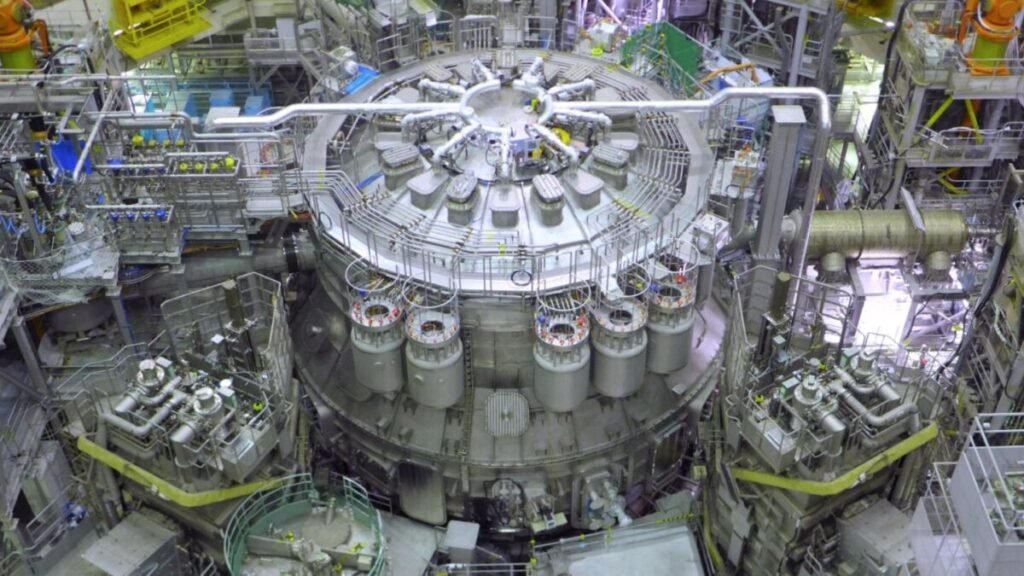The Nuclear Fusion Titan that Unites Europe and Japan: A Step Forward with an Uncomfortable Reminder

Nuclear fusion is the eternal promise of clean and inexhaustible energy, but also the great technological challenge of the 21st century. Europe and Japan have just taken a decisive step with the JT-60SA reactor, a gigantic machine that paves the way for ITER and, later, for the first commercial prototypes.
## A colossal machine in Naka
The JT-60SA rises in the Japanese city of Naka and construction began in 2013 based on its predecessor, the JT-60 from 1985. With over 15 meters in height and almost 14 meters in diameter, this tokamak is capable of confining a plasma of 130 m³ and sustaining currents of 5.5 million amperes. Since late 2023, it is ready to start plasma testing. Its design aims to serve as a testbed for ITER, which will try to demonstrate the viability of large-scale fusion.
## The challenge of measuring the impossible
One of the biggest obstacles for engineers is to understand in detail what happens inside the plasma. For fusion to occur, the mixture of deuterium and tritium must reach temperatures of about 150 million degrees Celsius, impossible to measure with conventional sensors. That’s why the JT-60SA will feature two sophisticated Thomson scattering systems: one designed in Japan for the plasma core and another developed in Europe for the edge. Both use high-power laser beams that, when interacting with electrons, allow the indirect calculation of their temperature and density.
## A global collaboration of high precision
The components of these systems have been manufactured in Italy, Romania, and Japan, and their integration will allow the reactor to have one of the most advanced diagnostic equipment on the planet. Thanks to this, researchers will be able to control the plasma behavior more accurately, which is key to achieving stability in experiments. Nuclear fusion no longer stumbles upon the laws of physics, but on the limitations of engineering, effective cooling systems, and ultra-rigorous control methods. The JT-60SA is, in this sense, an essential laboratory. The commissioning of this machine shows that progress is real, although it also shows that the road is long. ITER will be the next step, and after that, the DEMO prototype that aims to connect fusion to the power grid for the first time. In the meantime, the JT-60SA reminds us of the paradox of this energy: it is closer than ever and, at the same time, still beyond our daily reach.






